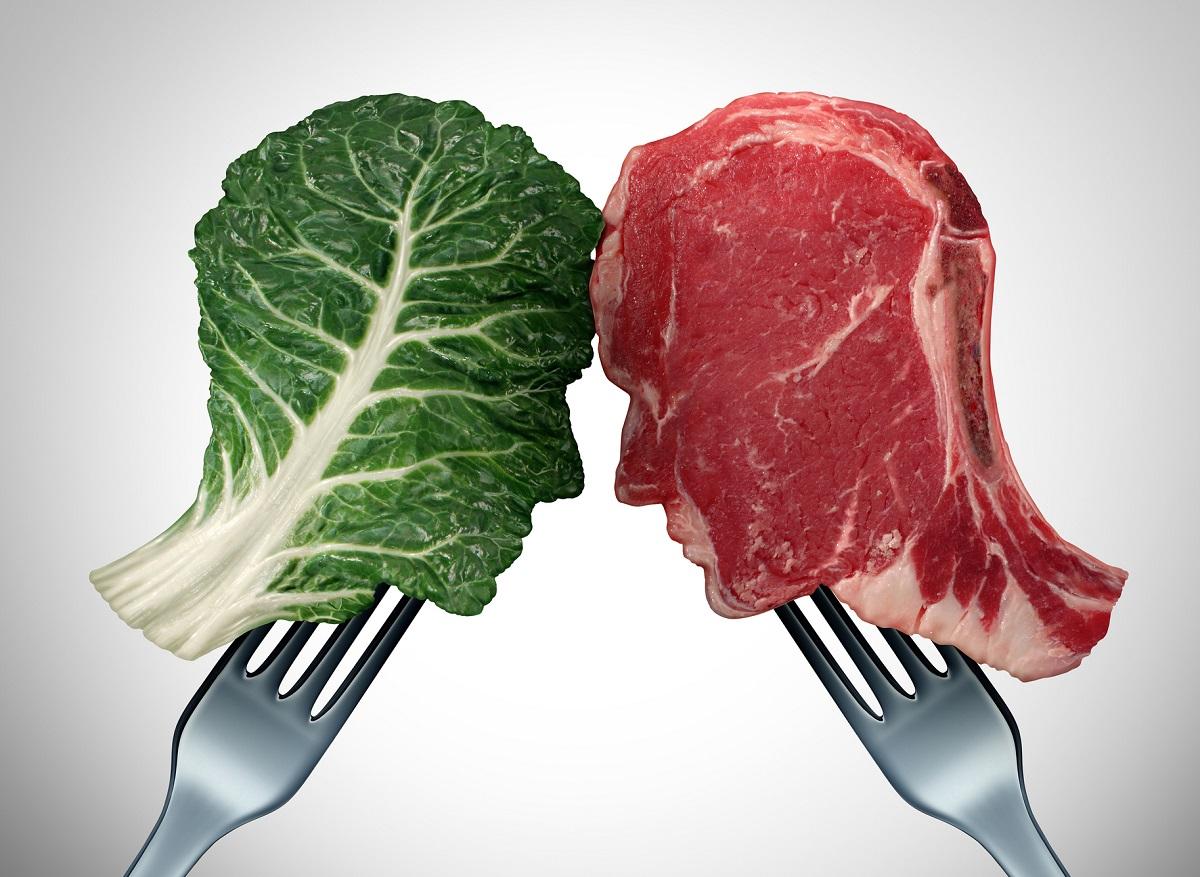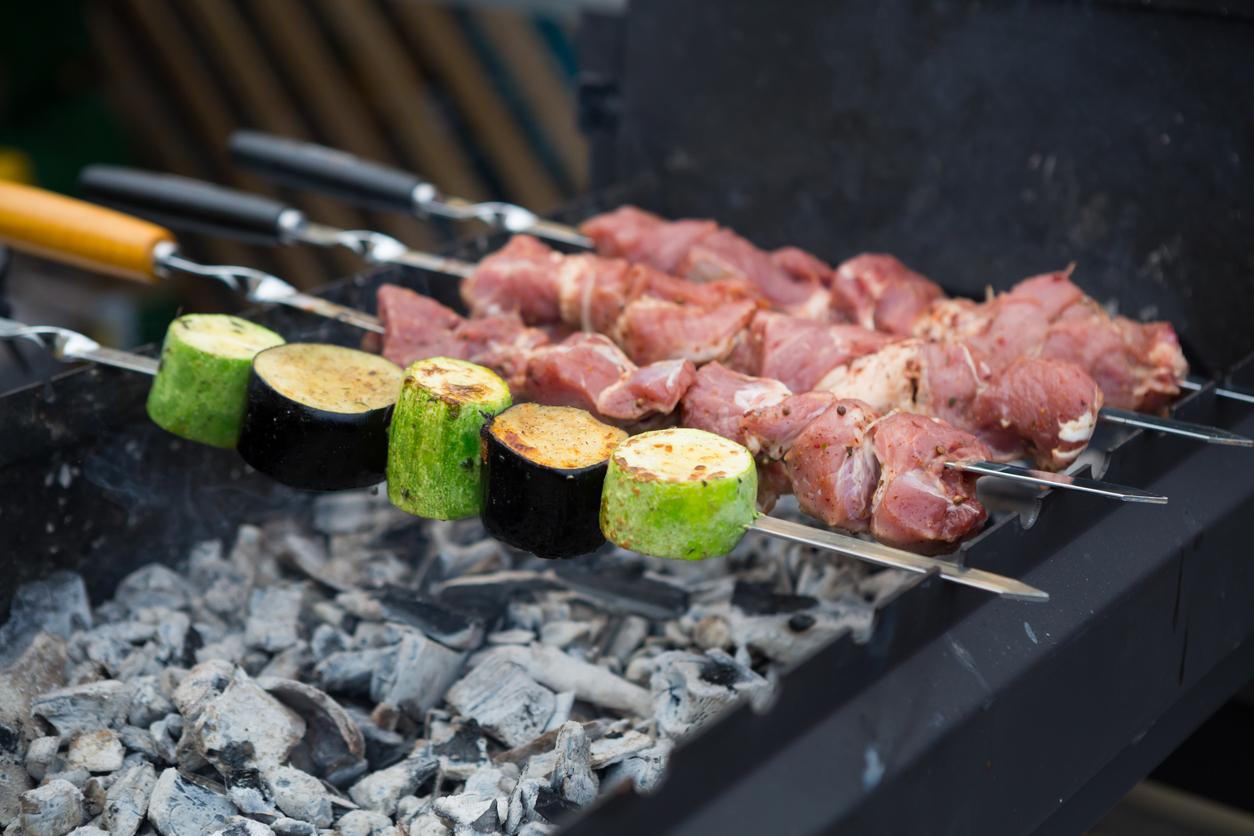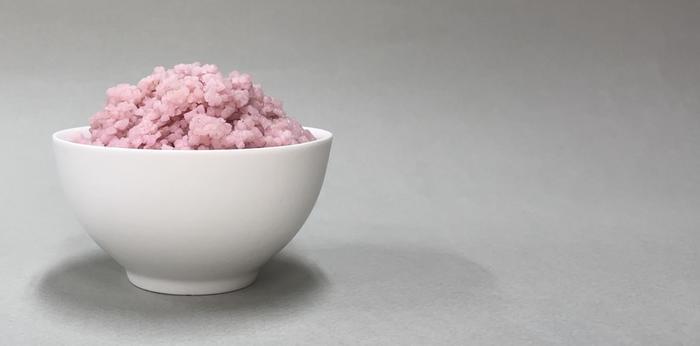Seitan comes to us from Buddhist monks, vegetarians, who would have made it known throughout Asia … before it arrived very recently in our organic stores! To make it, we knead and “wash” wheat flour in several waters to remove the starch (the carbohydrate part) and concentrate the gluten (the protein part).
The dough obtained, which contains almost only gluten, is cooked in a broth to give it flavor. It is then sold in blocks or in slices. Its taste, quite salty, depends on the aromatics used: soy sauce, ginger, paprika, onion, garlic, bay leaf … Note, there are also pancakes or steaks made from seitan which also contain cereals, vegetables, even cheese.
It provides as much protein as meat
” The nutritional composition of seitan depends on the recipes, notes Valérie Jacquier, dietician bio-nutritionist. The protein rate can range from almost 30% for a basic seitan block to 15% for a seitan pancake with vegetables for example. “. On the fat side, it’s the same thing: there are seitans without added fat, and therefore almost fat-free, and others more or less enriched with oil or cheese.
Today, for the environment, but also for your health, it is recommended to eat less animal protein and more vegetable proteins. In this, seitan is very interesting: “ on average, it provides as much protein as meat (about 20%), but without saturated fat and without cholesterol », Explains Valérie Jacquier.
Its proteins are also of good quality. ” It contains all the essential amino acids even if, as for other cereal products, the proportion of lysine is low. But this is no problem if you have a varied diet », Specifies Valérie Jacquier. Seitan made with old varieties of wheat orspelled, is it more interesting? ” It does not change the nutritional composition (there is the same amount of gluten) but the old varieties that have been less processed would be less allergenic », Continues our specialist.
It reveals the flavor of simmered dishes
To prepare it, the easiest way is to brown a slice of seitan in a little oil and serve with vegetables, such as meat. Cut into cubes, it slips into stewed dishes (blanquette, curry, tagine, etc.) where it absorbs the flavors. Chopped, it is prepared in a bolognese sauce, Parmentier mince, lasagna, stuffed tomatoes …
In short, it’s a good dough (for vegetarians in particular), which can replace meat in many recipes. To note : ” it often contains soy sauce and is quite salty (1.2% on average), so avoid salting the preparations that accompany it », Advises our expert.


















